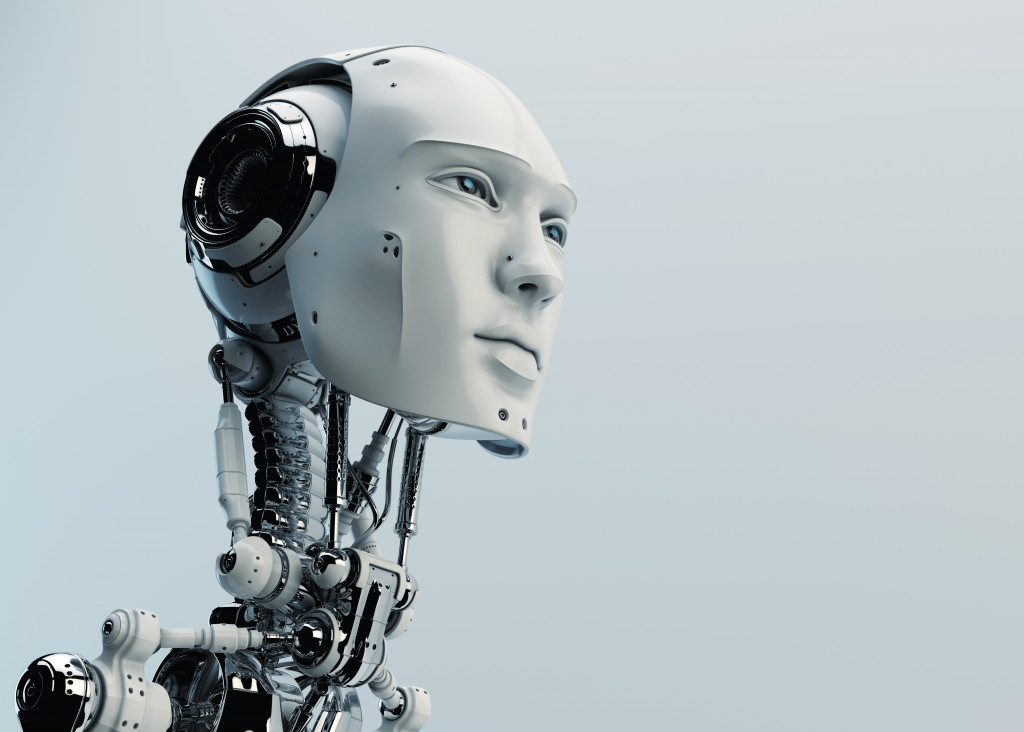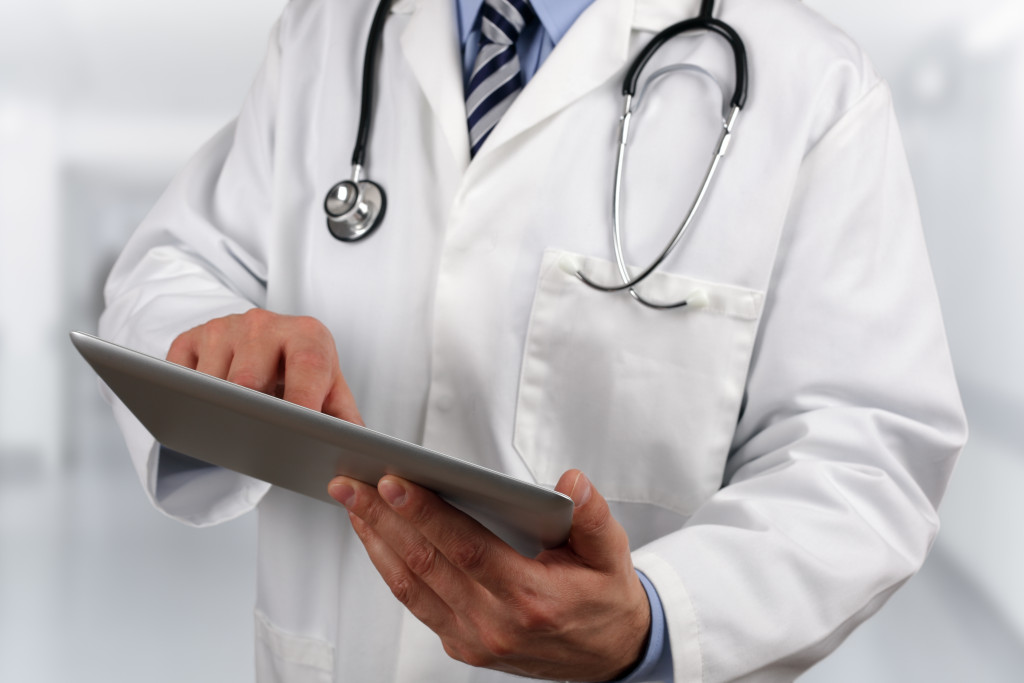Disclaimer: This website provides health information for educational purposes only and is not a substitute for professional medical advice, diagnosis, or treatment. Always seek the guidance of a qualified healthcare provider with any questions you may have.
Innovation is a crucial driver of any field’s success, and the medical industry is no exception. In recent years, several tech trends have significantly improved medical practice. Some of these innovations have proven to be life-saving, while others have made the practice of medicine more efficient.
And with the continuous advancement of technology, there is no doubt that more medical breakthroughs are on the horizon. Here are just a few examples of how technology is changing the face of medicine:
Wearable Devices
Patient monitoring has always been essential to medical care. Health providers must stay abreast of changes in a patient’s condition to provide the best possible care. In the past, this meant making frequent check-ups and appointments.
However, with wearable devices such as fitness trackers and smartwatches, patients can continuously monitor their health data and share it with their doctor as needed. This tool has made it possible to more precisely manage chronic conditions such as diabetes and heart disease. It also allows for the earlier detection of potential health problems.
And since these devices are accessible through patients’ smartphones, they are incredibly convenient and easy to use. In a survey by MSI International, over 23 million patients are now using these devices to monitor their health.
This trend has further risen in recent months due to the COVID-19 pandemic. Since the virus is highly contagious, patients might not be comfortable visiting their doctor’s office for fear of exposure. However, with wearable devices, they can still receive the care and monitoring they need without leaving their homes. This way, they can practice social distancing while staying on top of their health.
Robotics

Although nothing could ever replace the compassionate care of a human health worker, robotics are increasingly available to provide support to the medical staff. Robodoc, a robot developed by Intuitive Surgical, is one example of how robotics is helpful in surgery. This machine assists surgeons by holding and manipulating instruments during procedures. And since robots can offer greater precision and control than human hands, this capability results in fewer complications and a quicker recovery time for patients.
Another way that robotics is helpful in healthcare is by developing exoskeletons. Patients wear these devices to help them regain movement and mobility. For example, the EksoGT exoskeleton is well-designed for patients with lower-body paralysis due to stroke, spinal cord injury, or cerebral palsy. This device helps these individuals walk again by providing them with the power and stability they need to support their body weight.
In addition to these two examples, there are many other ways that robotics is being used to support medical staff and care for patients. As this trend continues to develop, people will likely see even more special applications of robotics in healthcare.
Virtual Solutions
Every arm of the medical industry requires precision and accuracy, from diagnosing patients to providing medical treatment. However, making mistakes is inevitable, and even a tiny error can have dire consequences.
This part is where virtual solutions come in. They provide medical professionals with a way to train and gain experience without risking patients’ lives. VR training solutions offer an immersive environment where each medical team member can hone their skills during emergencies and unexpected cases. As a result, they will be better prepared when they experience these scenarios in real life.
What’s more, virtual solutions can be helpful for more than training. They can also be a valuable tool for research and development. For instance, engineers can use VR to design and test new medical devices before they are used on patients. In doing so, they can see how the machine works in the human body and make necessary improvements. And when the device is launched on patients, it will be safe and effective.
Medical 3D Printing
In recent years, there has been a surge in the use of 3D printing in healthcare. This technology is used to create everything from prosthetic limbs to human tissue.
One of the most significant benefits of medical 3D printing is that it allows for customization. For example, doctors can use 3D scanning to get an exact limb model for a patient that needs a prosthetic limb. They can then print a custom-fit prosthesis that is comfortable and functions well for the patient.
Although this area is still in its early stages, medical 3D printing has great potential. In the future, innovators can learn to create more complex organs like hearts and lungs. But for now, it is helping to improve patients’ lives who need prosthetic limbs and other assistive devices.
Innovation plays a vital role in healthcare. It helps medical professionals provide better support for their patients and gives patients access to new and improved treatments. The above trends are only a few examples of how innovation improves healthcare for everyone involved. While there are still some challenges to overcome, the future of healthcare looks bright. With new and innovative solutions, patients and medical professionals alike can look forward to continued improvements in care.

